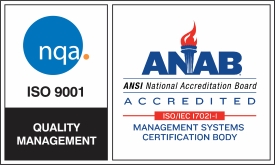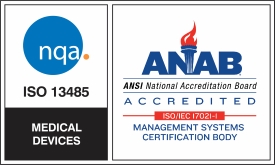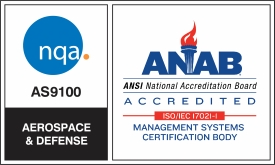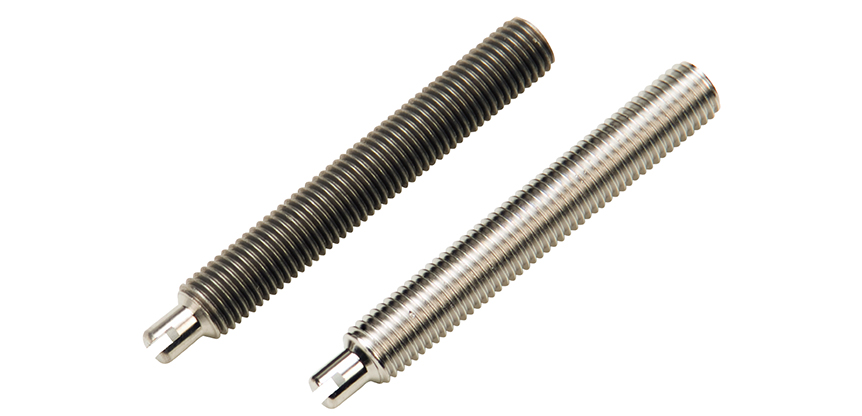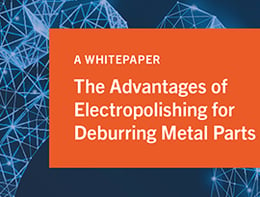
Burrs and microburrs left behind by stamping and machining processes can affect the fit, function and safety of metal parts.
When those parts are destined for places like food or pharmaceutical production equipment or fuel lines and gear assemblies used in aerospace manufacturing, burrs are more than just a surface imperfection – they’re a potentially disastrous defect that can cause seizing of screws or fasteners, prevent the proper sealing or connection between two parts or become dislodged near moving parts.
That’s why manufacturers in so many industries specify electropolishing as the finishing process for critical metal parts that have been subjected to processes like broaching, fine blanking, grinding, lapping or milling.
Our whitepaper, The Advantages of Electropolishing for Deburring Metal Parts, will take you through a number of case studies in which medical device, aerospace and food manufacturers used electropolishing to successfully eliminate burrs and microburrs from the surface of their metal parts.
Among other advantages, electropolishing allows for a microscopically precise amount of surface material removal, enabling high-quality results within very tight tolerances.
The Benefits of Electropolishing to Remove Burrs and Microburrs
Other highlights of this whitepaper include:
- The Advantages of Electropolishing for Duburring Metal Parts
- How Electropolishing Works
- Electropolishing vs. Conventional Methods of Burr Removal
- Case Studies: Deburring for Surgical tools, Aerospace Parts and Food Manufacturing Parts
- Metals and Alloys that Can be Electropolished for Burr Removal
The Benefits of Using the World’s Largest Electropolishing Specialist
At Able Electropolishing, we have six decades of electropolishing expertise and innovation, in collaboration with clients who manufacture some of the most critical equipment and devices imaginable, from intricate medical devices and implants to parts used in the manufacture of airplanes and helicopters.
Our work includes collaboration from the earliest stages of prototyping to create highly customized processes for a wide variety of parts.
Click on the link below to download our whitepaper and learn more about the work we do for manufacturers working under the most exacting quality control demands in existence.
